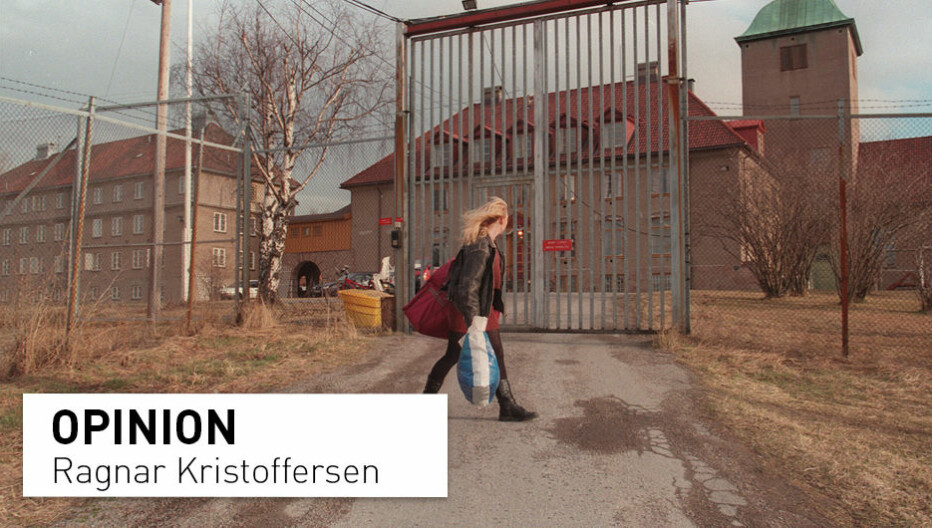Opinion:

Looking for gender differences in Norwegian prisons is a distraction
Women sentenced to prison in Norway do not experience systematic discrimination. This does not imply that their – nor men’s – needs should not be taken care of.
In her reply to my article on favourable treatment of women sentenced to prison Åshild Vige states the following:
“The notion that incarcerated women are treated less favourably than men, and in some incidents are discriminated in prison, has been continuously repeated since a report on women’s conditions in prison was published in 1989. Recent examples are reports from The Norwegian Correctional Service themselves (2015), The Parliamentary Ombudsman (2016) and The equality and anti-discrimination ombudsman (2017). These reports emphasize the lack of equal treatment of female and male prisoners.”
The reader should note that there are no systematic and research-based studies on differences in the conditions of men and women sentenced to prison in Norway, which would provide a sound basis for a general conclusion on gender differences.
But Vige is right that there are several reports that claim that women experience worse prison conditions than men do, such as the 1989 committee's report on women’s prison condition. This report is old and out of date. Besides, on page 14 the authors explicitly state that their report is not a scientific work.
The recent report from the Public Services Ombudsman falls into the same category. The stated purpose of these studies is to focus on the women's situation, not to compare the situation for men and women. That goes for JURK’s study as well. Apart from the latter, the Ombudsman’s report is the only recent study whose conclusions are based on investigations on their own.
However, there are fourteen other prison units in Norway with imprisoned women, which are not included in the Ombudsman's study. Furthermore, the Ombudsman's report does not look at important privileges granted to more women, for instance absence of leave and serving the prison sentence outside of prison, either at home or in treatment.
Such a method of investigation is not suitable for drawing firm and research-based conclusions that women sentenced to prison are generally subjected to discrimination. The purpose of the report has been to identify the women's unmet needs, and then make a selective comparison with men - locally. Then you lose sight of several conditions where women are better off than men.
In my comparative study I have looked at the most attractive measures and offers aimed at reintegration or alleviating time served in prison, granted all men and women sentenced to prison. Privileges, such as serving outside prison or at home, has to be included in the analysis. The offers are measured objectively and corrected for actual time served in prison. The results show unambiguously that there are no grounds for claiming that women sentenced to prison in Norway experience systematic discrimination.
That being said, my findings certainly do not discard that women in some prisons in some areas experience inferior conditions compared to men.
I completely agree with Vige that both sexes experience inadequate prison conditions in some prisons.
However, 93 % of prisoners are men. Any comparative study will naturally be affected by this imbalance. This implies that even when a comparatively smaller proportion of men may be affected by any disadvantage, men often still constitute a much larger group in absolute numbers.
One example will illustrate my point: The problem of being far from home is not unique to women even though a larger proportion of women may be affected. A brief look at zip codes belonging to male prisoners in Oslo and Bergen shows that half (205 of 413) do not live in the city area or in a nearby municipality. This number alone equals all imprisoned women today.
The quest for equal balance in proportions between the sexes is therefore sometimes questionable. Potentially it might even distract the need to focus on the prison conditions for all prisoners, regardless of their gender.
Read the other opinion pieces on gender and prison in Norway:
Share your science or have an opinion in the Researchers' zone
The ScienceNorway Researchers' zone consists of opinions, blogs and popular science pieces written by researchers and scientists from or based in Norway. Want to contribute? Send us an email!









